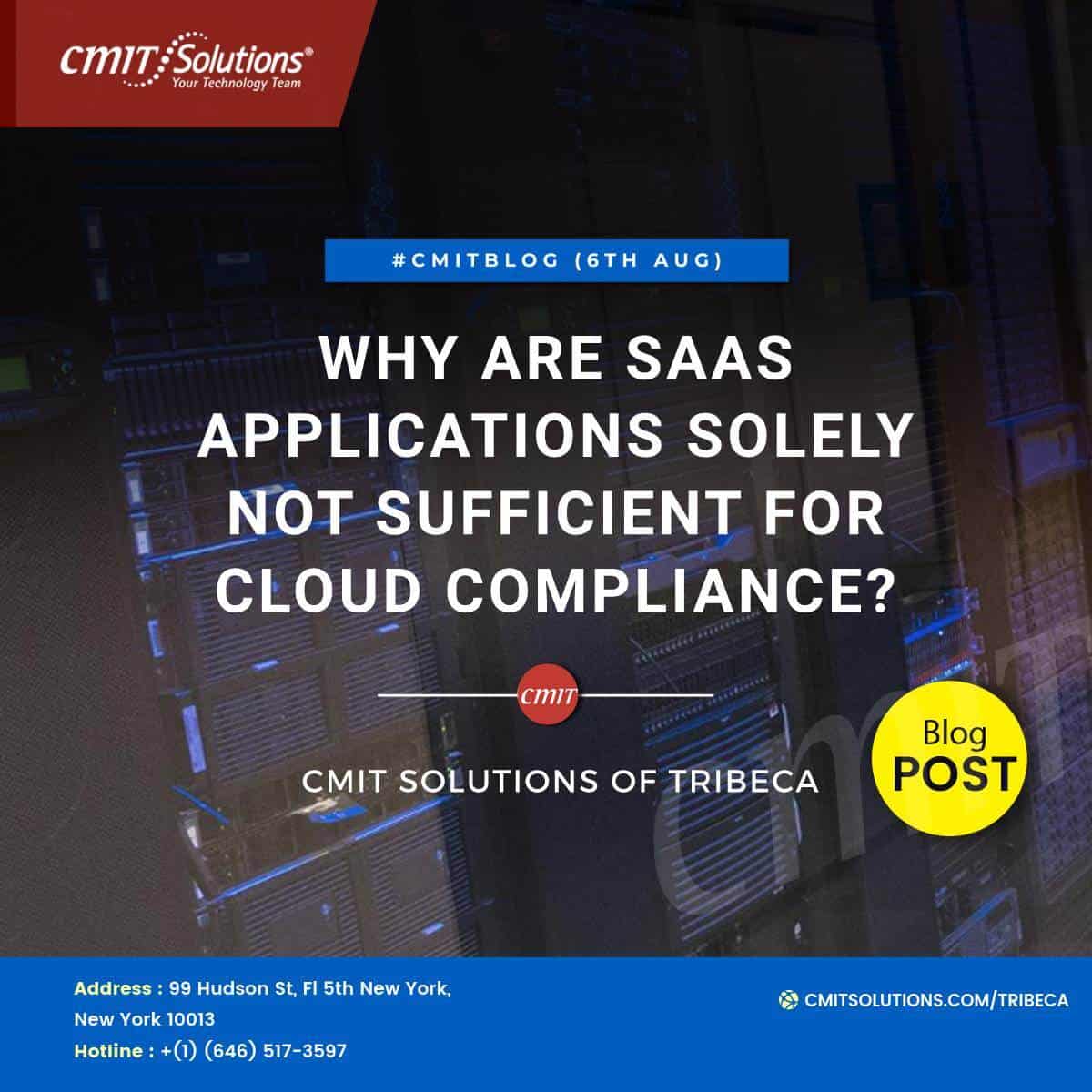Software as a Service (SaaS) applications such as Microsoft 365 and Google Workspace provide cloud-oriented applications to users on various gadgets and locations.
These applications are trendy because enterprises have access to cloud advantages that enable them to reach out to documents, calendars, files, and so on at any time. However, despite allowing all data to be accessed through the Cloud, SaaS applications do not automatically backup or defend your data.
To maintain cloud compliance, enterprises must do the following:
- Keep a record of client-related communications and communications
- Have a comprehensive idea of where all your data is saved
- Keep a record of everything related to trading stored securely for five years at least
- Take the required steps to shield personal data that you hold
Neither Google / Microsoft assures the reconciliation of lost information, nor that they will store it securely for the more than four years required for cloud compliance. What they swear does not even sync. They will only put your data in a ‘trash’ file for up to 30 days, and ultimately it is permanently erased.
Microsoft will not lose your data; it is in safe hands. But lest it is lost due to an event that is not in control and fault, as some malicious attacks, they won’t necessarily reconcile it for you. It is your task to plan for and have measures in place to curb this loss. You also require to ensure any lost data can be restored so that your enterprise can stay compliant.
Data is widely lost in various ways:
01 Accidentally
One of the most widely known causes of data loss is human error. For example, all you need is to click in the wrong place for employees to erase important files or miss data when swapping records accidentally.
02 Align error
When aligning gadgets or using third-party apps, there is always a danger that an error will take place and data could be misplaced.
03 Malicious attack
Many enterprises make the common mistake of assuming no one will aim their enterprise. But malicious attacks can be of various forms, from the actions of disgruntled or untrained employees, ransomware, viruses, and many more. Every enterprise is in danger of these potential threats.
04 Data breach
Cybercriminals will try to garner unauthorized access to records, apps, and tools that accumulate any form of personal data.
Any of the above situations can happen to any enterprise, any time. The ideal way to mitigate these perils is to orchestrate a robust Business Continuity and Disaster Recovery (BCDR) plan. This plan will help you plan for potential data loss and ensure its restoration with minimal downtime.
A robust BCDR plan will minimize the risk of compliance liability by making sure that all your information is stored securely no matter what happens. Furthermore, even if data loss occurs, a comprehensive BCDR plan will ensure you have the essential measures in place to reconcile it so that critical data is never lost permanently.
Talk to an IT Support Renderer about where to commence orchestrating a BCDR plan that will help with cloud compliance.




